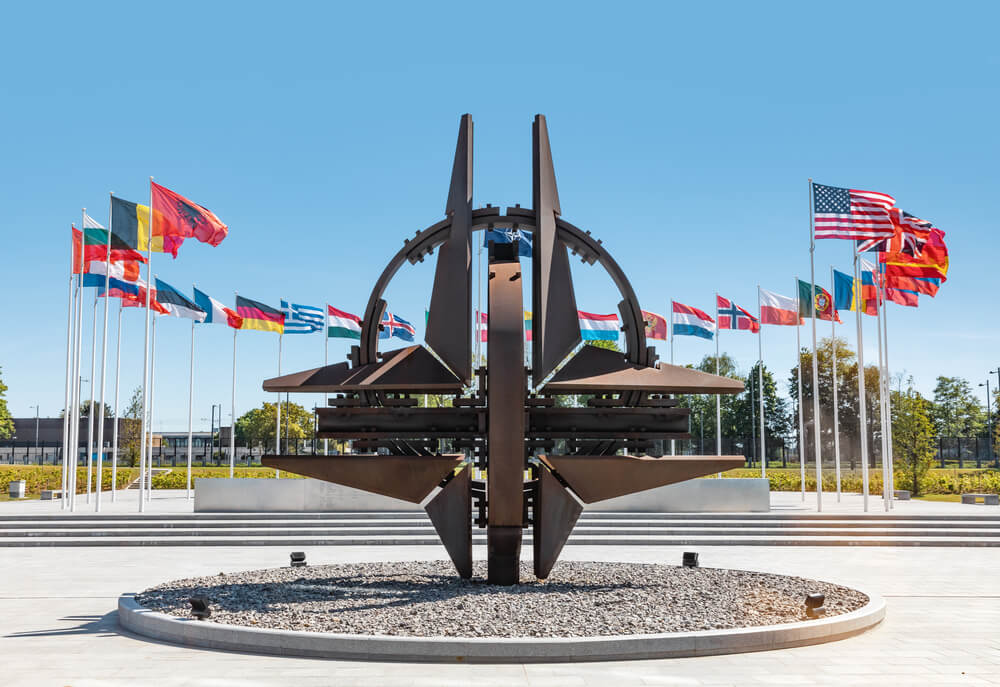This month 1,000 Canadian Armed Forces (CAF) personnel are participating in the largest NATO military exercise since the end of the Cold War. This extensive exercise, which will involve over 90,000 troops from 31 countries and continue for four months, is in response to growing alarm that armed conflict between NATO and Russia is increasingly likely.
Russia’s strategy of gaining territory by waging wars of attrition has, however costly, paid off over the last two decades. Now that U.S. support for Ukraine is wavering and the possibility that Donald Trump, who has stated the U.S. will not come to its allies’ aid if invaded, may win the presidency, NATO allies are facing the real possibility of having to counter Russia without U.S. military involvement.
For the CAF, the focus of the NATO exercise will be on military logistics and coordination. However, Canadian leaders should not overlook another critical, if surprising, aspect of action in preparedness: an “all hazards approach” to increasing the resilience of Canada’s health system.
It has long been recognized that maintaining the health of fighting forces is critical to success on the battlefield. Like every NATO member nation except the U.S., the CAF depends on the civilian health care system especially for all levels of hospital services, specialist and diagnostic services, and long term rehabilitation, outside of the deployed setting. Thus, it stands to reason that Canada’s health system needs to be prepared to support the CAF’s rising healthcare needs, should hostilities commence.
However, there is another reason to worry about Canada’s healthcare system as confrontation with Russia escalates: Russia has made attacking the civilian healthcare systems of its adversaries its calling card.
Russia has bombed over 200 hospitals in Syria and more than 600 clinics and healthcare facilities in Ukraine. While these bombings have made headlines worldwide, Russia has executed many other less visible and arguably more destructive attacks in these countries and in others; including ones targeting the healthcare workforce, medical supply chains and patient transport; and prosecuting cyberattacks on health information systems.
Russia’s intent with these attacks is not merely to degrade the fighting capabilities of its adversaries, but to exact a high price from the civilian population, demoralize and humiliate it, spark mass displacement, and drain it of the material resources and morale necessary to continue the fight.
NATO member countries should anticipate Russia will continue this practice and take measures to prepare their respective health systems for attacks, large and small.
Canada’s healthcare system, already struggling with staff shortages, overrun clinics, and delays in care in the wake of the COVID-19 crisis, may be particularly vulnerable to disruption. And the decentralized nature of the health system, with each province and territory governing and financing its own health system, makes undertaking unified planning and collective action challenging. Nevertheless, there are multiple steps Canada’s government can take to address this issue.
One possibility is for Canada’s Emergency Management and Public Safety Offices to spearhead an effort to bring CAF and provincial/territorial health system leaders together to tackle two critical issues. The first involves developing the processes and procedures for how injured CAF personnel deployed to Latvia or other European NATO countries will be evacuated and receive medical care.
How will this process be scaled should the numbers of injured personnel swell? How will this be coordinated with other ally nations? How will it be made resilient to intentional efforts to disrupt it? These processes can be modeled on the CAF’s experience delivering tactical combat casualty care to wounded soldiers in Afghanistan, but anticipate higher numbers of wounded over shorter periods of time in a NATO-Russia war.
Secondly, Canada’s Emergency Management group should jointly undertake a comprehensive analysis of Canadian health system vulnerabilities to generate mitigation strategies from an “all hazards approach.” This health crisis management strategy, which must include a framework that can adapt to large scale casualty movement from overseas, would be beneficial to the entire Canadian health care system and may also be used for other military-civilian cooperation in natural disasters.
Four issues should be examined: 1) roles and responsibilities of different agencies during emergencies 2) flexible and scalable health financing 2) the surge capacity of the healthcare workforce 3) health and emergency information security and 4) supply chains and patient transport resilience.
We are living in an age of crises — from climate shocks, refugee crises, pandemics, and cyberattacks. Shoring up Canada’s health system so it is nimbler and more resilient is a good long-term investment, as well as an immediate imperative.
Photo courtesy of DepositPhotos




